Featured Panoramic Photo Above:
Classic Charles Conlon photo of Ty Cobb sliding into Jimmy Austin
Baseball History Comes Alive Now Ranked As a Top Five Website by Feedspot Among All Baseball History Websites and Blogs!
(Check out Feedspot's list of the Top 35 Baseball History websites and blogs)

Guest Submissions from Our Readers Always Welcome! Click for details
Scroll Down to Read Today’s Essay
Subscribe to Baseball History Comes Alive for automatic updates. As a Free Bonus, you’ll get instant access to my Special Report: Gary’s Handy Dandy World Series Reference Guide!
“Dodgertown” Photo Gallery
Click on any image below to see photos in full size and to start Photo Gallery:
Dodgertown Opens March 23, 1951!
“It was like walking on hallowed ground.” -Reid Wilkinson, a senior at Norfolk Collegiate School in Virginia, who played ball in Dodgertown.
In 1951 the Brooklyn Dodgers signed a twenty-one-year lease with the City of Vero Beach, Florida to use an abandoned Naval base as their spring training facility. The site remained the Grapefruit League home of the Dodgers for 57 years, through 2008. Over the years the complex became known as “Dodgertown,” with games played at the 6,000-seat Holman Stadium.
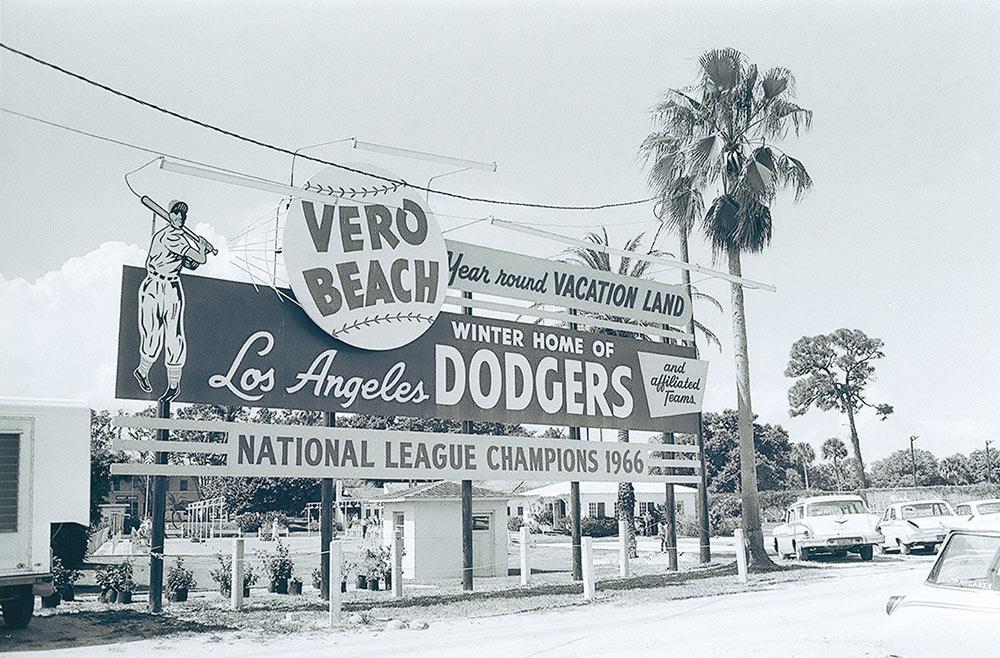
The first Dodgertown exhibition game played was on March 31, 1951, 73 years ago this week. The Dodgers won the game 5-3 against their top farm club, the Montreal Royals. The day’s highlights include Governor Millard Caldwell throwing the ceremonial first pitch and Jackie Robinson hitting a dinger in the first inning.
The following excerpts are from a 2016 Associated Press article on Dodgertown:
Today, one can still see the narrow, winding roads named after Dodger greats like Jackie Robinson, Pee Wee Reese and Roy Campanella. Still there is the original swimming pool where the players relaxed after the day’s exhibition game was over. The tiny bridge the players crossed, along with the fans, as they made their way from the clubhouse to Holman Stadium is also still in existence.
The sprawling complex made a comeback in recent years, largely due to the renovation efforts Peter O’Malley – son of former owner Walter O’Malley – and his sister Theresa. The two were determined to keep Dodgertown alive. Today, it serves as a training facility for over 200 college and high school teams, as well as international squads and even the Canadian Football League.
The facility oozes Dodger history. Holman Stadium, known for its barren dugouts and palm trees just beyond the outfield wall, remains the centerpiece of the complex. The sliding pits and batting cages and pitching area known as “The Strings” — a Branch Rickey creation, where up to six pitchers could warm up simultaneously and strings were held on poles in front of the catcher to simulate the strike zone — are still here. So are the 1970s-era villas and dining hall, where the Dodgers once slept and ate.
Hall-of-Fame manager Bobby Cox, who began his career with the Dodgers in 1960 has fond memories of Dodgertown:
“It was heaven. They had this cafeteria. The major leaguers ate there. The minor leaguers ate there. One day, you might be having breakfast or lunch with Duke Snider or Sandy Koufax or just about anybody. I remember Mr. O’Malley would eat in there. I remember him vividly. It was really close knit. You became an organization, with the loyalty and the friendship. You used to stay four and six to a room, with a common bathroom. It was the greatest thing.”
Peter O’Malley remembers that camaraderie being the centerpiece of a philosophy known as “The Dodger Way,” which helped build the close-knit teams that won six World Series championships: “We called it our secret weapon. We ate there. We slept there. We brought everybody together, from the scouts to the minor league managers, everybody. Everybody got a chance to cross paths. It felt like a college campus. There was no other facility like that.”
Gary Livacari
Photo Credits: All from Google search
Information: Excerpts edited from article about Dodgertown in the Los Angeles Daily News
Subscribe to our website, Baseball History Comes Alive with over 1400 fully categorized baseball essays and photo galleries, now surpassing the one million hits mark with over 1,167,000 hits and over 950 subscribers: https://wp.me/P7a04E-2he

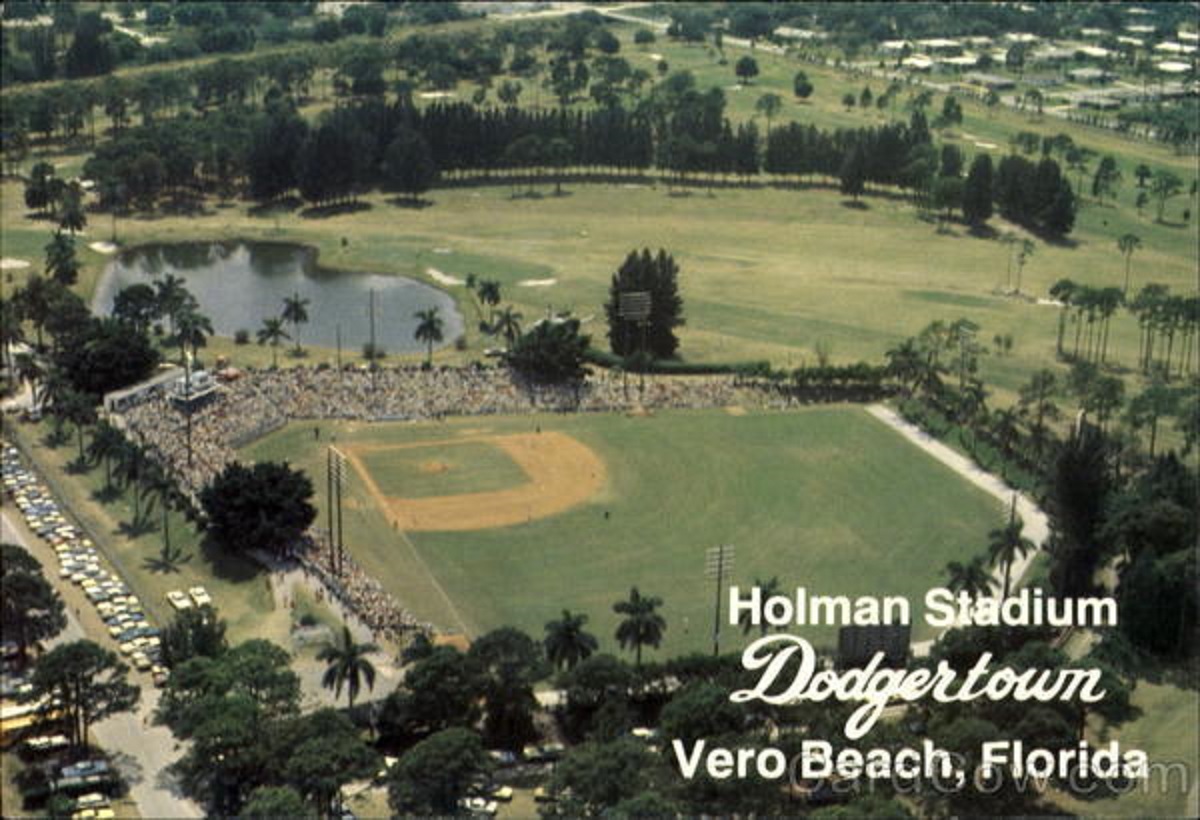
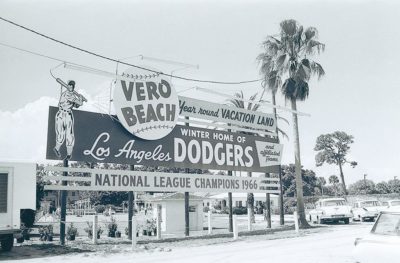
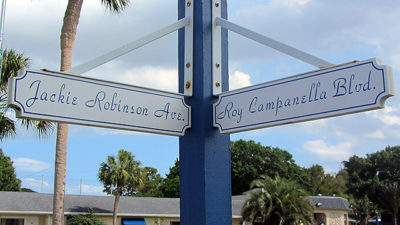
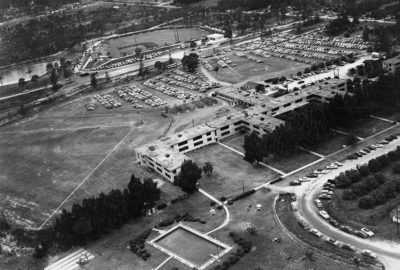
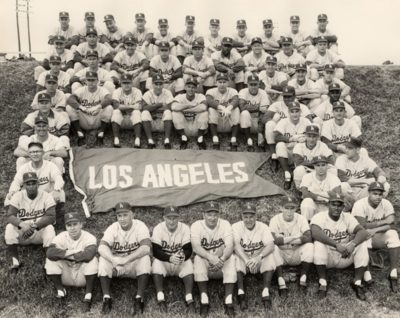
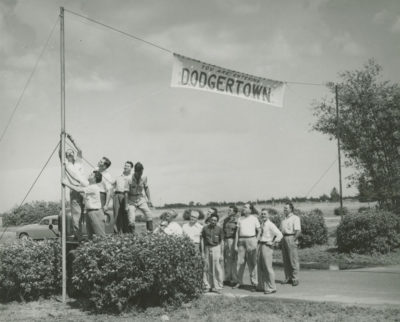
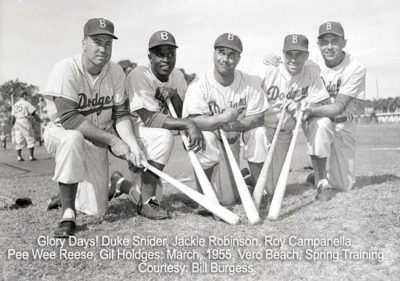
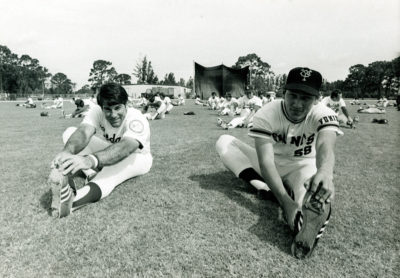
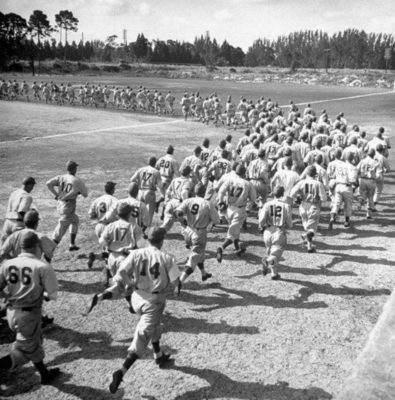
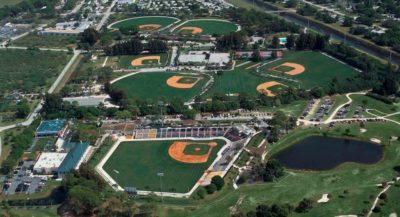
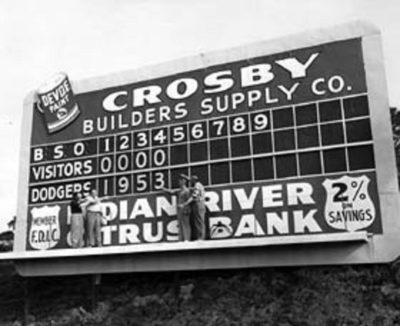
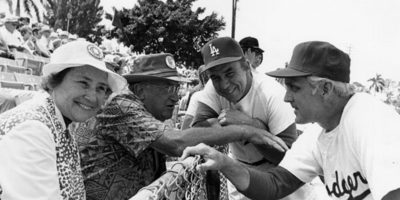
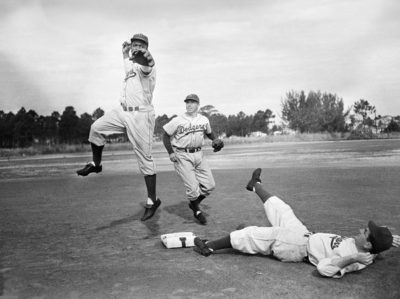
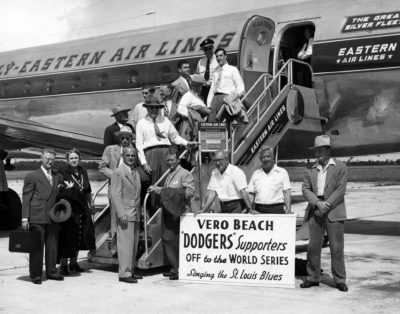
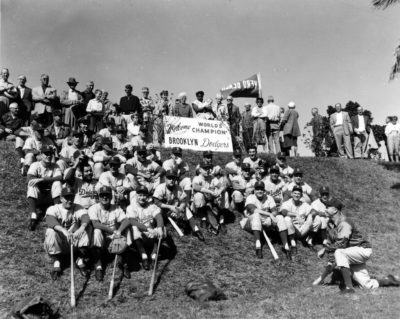
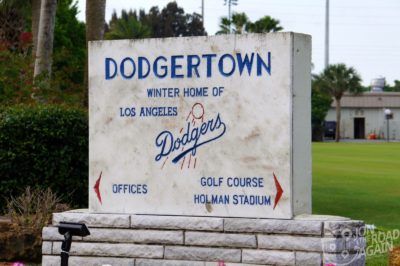
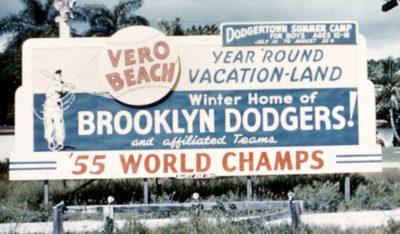
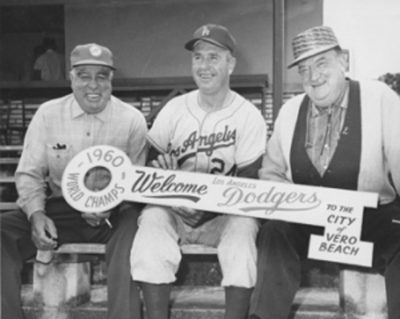
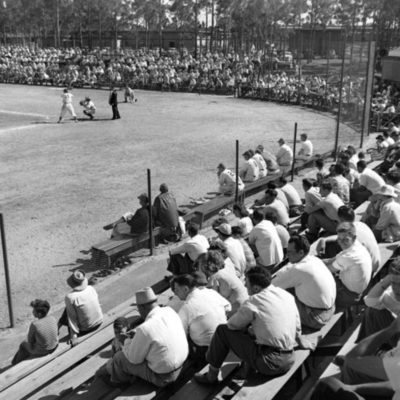
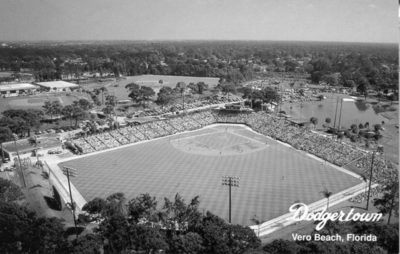
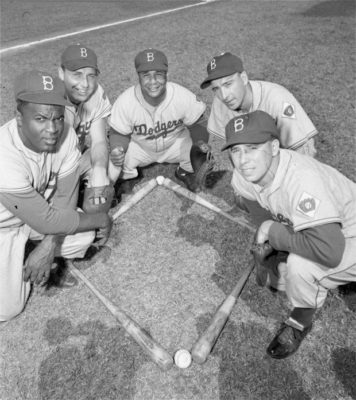

Gary,
Ebbets Field also had that closeness, that camaraderie. Gladys Gooding at the organ, Hilda in the bleachers with her cowbell, the Dodger Sym-Phony, Happy Felton’s Knot-Hole Gang. And maybe another element.
One day, up in the grandstand leftfield upper deck, my dad was on his feet at Ebbets rooting loudly for the Giants during a rally. Suddenly, behind him, a huge Dodgers fan with arms like tree trunks tapped him on the shoulder, “Was you rootin’ for the Giants, Buddy?” My father sat down quietly and held back his visiting team enthusiasm for the rest of the game.
Great story, Bill…thanks! I love it!